How To Set Up Studio Lights For Photography ?
To set up studio lights for photography, start by positioning your main light source, such as a strobe or continuous light, at a 45-degree angle to your subject. This light will provide the primary illumination and shape the overall look of your image. Next, add a fill light on the opposite side of your main light to reduce shadows and create a more balanced lighting setup. Adjust the intensity of the fill light to achieve the desired level of shadow detail. Additionally, consider using a backlight or hair light to separate your subject from the background and add depth to the image. Experiment with the placement and intensity of these lights to achieve the desired effect. Finally, use light modifiers such as softboxes, umbrellas, or reflectors to control the quality and direction of light. These modifiers can help diffuse or direct the light, creating different moods and effects in your photographs.
1、 Lighting equipment options for studio photography setups
Lighting is a crucial aspect of photography, especially in a studio setting where you have complete control over the environment. Setting up studio lights for photography can greatly enhance the quality and impact of your images. Here's a guide on how to set up studio lights for photography:
1. Determine your lighting needs: Consider the type of photography you'll be doing and the desired mood or effect you want to achieve. This will help you decide on the number and type of lights you'll need.
2. Choose your lighting equipment: There are various lighting options available, including strobes, continuous lights, and LED panels. Strobes are popular for their power and versatility, while continuous lights provide a constant light source. LED panels are becoming increasingly popular due to their energy efficiency and adjustable color temperature.
3. Set up your main light: The main light is the primary light source and sets the overall exposure and direction of light. Position it at a 45-degree angle to the subject for a flattering effect. Experiment with different distances and angles to achieve the desired look.
4. Add fill and accent lights: Fill lights help reduce shadows and provide even lighting, while accent lights add depth and dimension to your subject. Place fill lights opposite the main light and accent lights behind or to the side of the subject.
5. Use modifiers: Light modifiers such as softboxes, umbrellas, and reflectors can help control the intensity and quality of light. Softboxes create soft, diffused light, while umbrellas provide a broader, softer light. Reflectors bounce light back onto the subject, filling in shadows.
6. Test and adjust: Take test shots and review the lighting setup. Make adjustments as needed to achieve the desired effect. Consider experimenting with different lighting ratios and positions to create different moods and effects.
In recent years, advancements in LED technology have made LED panels a popular choice for studio lighting setups. They offer a range of color temperatures, are energy-efficient, and produce little heat. Additionally, wireless control systems have become more prevalent, allowing photographers to adjust and control their lights remotely.
Remember, setting up studio lights for photography is a creative process, and there are no strict rules. Experimentation and practice will help you develop your own style and achieve the desired results.
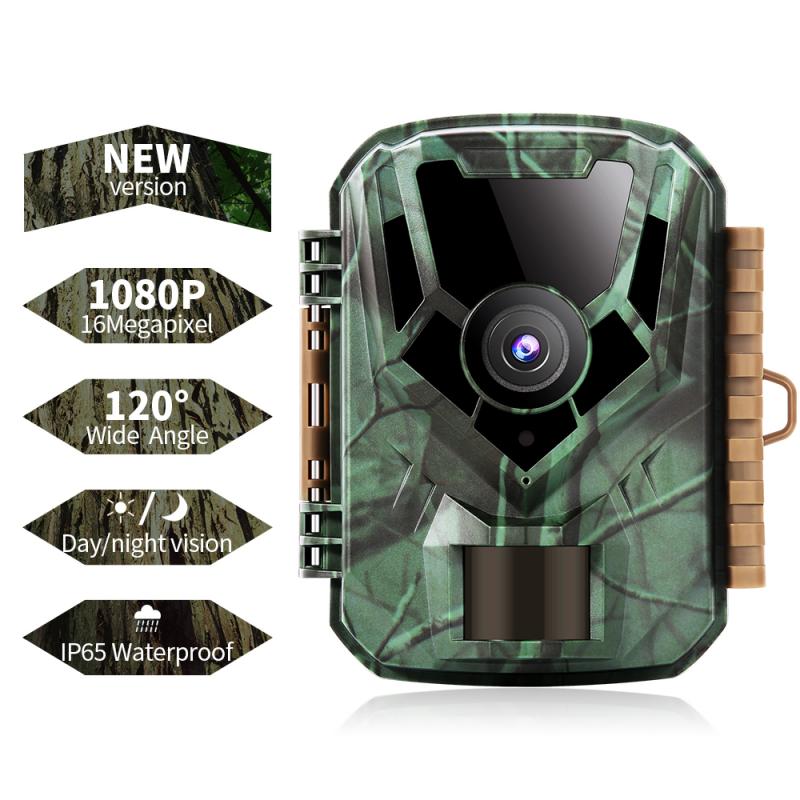
2、 Understanding key, fill, and background lighting techniques
Understanding key, fill, and background lighting techniques is essential for setting up studio lights for photography. These techniques help create a well-balanced and visually appealing image by controlling the intensity, direction, and quality of light.
To set up studio lights, start with the key light, which is the main light source. Position it at a 45-degree angle to the subject, slightly above eye level. This creates a natural-looking illumination and adds depth to the image. Experiment with different light modifiers, such as softboxes or umbrellas, to control the hardness or softness of the light.
Next, set up the fill light, which helps reduce shadows created by the key light. Place it on the opposite side of the key light, at a lower intensity. This creates a more even lighting and reduces contrast. Again, use light modifiers to control the quality of light.
Background lighting is crucial for separating the subject from the background. Position a light behind the subject, aimed at the background. This helps create separation and adds depth to the image. Experiment with different colors or gels to create interesting effects.
It's important to note that these lighting techniques can be adapted and modified based on the desired outcome and the subject being photographed. The latest point of view in studio lighting emphasizes the use of LED lights, which are energy-efficient, produce less heat, and offer more control over color temperature.
In conclusion, setting up studio lights for photography involves understanding key, fill, and background lighting techniques. Experimenting with different light modifiers and considering the latest advancements in lighting technology can help photographers achieve their desired results.
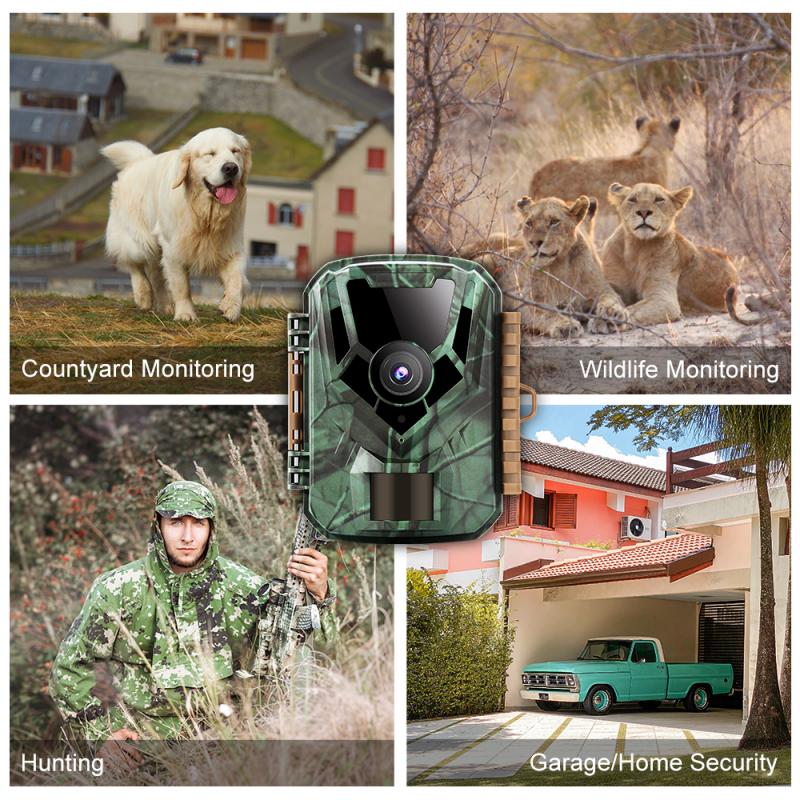
3、 Positioning and angling studio lights for optimal results
Positioning and angling studio lights for optimal results is crucial in achieving professional-quality photography. Here's a guide on how to set up studio lights for photography:
1. Start with a key light: Place your main light source, also known as the key light, at a 45-degree angle to the subject. This will create depth and dimension in your photographs. Experiment with different heights and distances to achieve the desired effect.
2. Add fill lights: Fill lights help reduce shadows and balance the overall lighting. Position them on the opposite side of the key light, at a lower intensity. This will soften the shadows and create a more even lighting setup.
3. Consider backlighting: Backlighting adds separation between the subject and the background, creating a sense of depth. Place a light behind the subject, slightly angled towards the camera. This will create a rim of light around the subject, highlighting their contours.
4. Use reflectors and diffusers: Reflectors bounce light back onto the subject, filling in shadows and adding a natural glow. Place them opposite the key light to fill in any harsh shadows. Diffusers, on the other hand, soften the light by spreading it evenly. Use them to reduce glare and create a more flattering light.
5. Experiment with angles and distances: Every subject is different, so don't be afraid to experiment with different angles and distances for your lights. Move them closer or farther away, change their height, or try different angles to achieve the desired effect.
In recent years, there has been a growing trend towards using continuous LED lights instead of traditional strobes. LED lights offer the advantage of being more energy-efficient, cooler to work with, and providing a constant light source that allows for better visualization of the final result. Additionally, many LED lights now come with adjustable color temperature settings, allowing photographers to easily match the lighting conditions to their desired look.
Remember, setting up studio lights is a creative process, and there are no strict rules. It's important to experiment, trust your instincts, and adapt the setup to suit your subject and style.

4、 Utilizing light modifiers to control and shape the light
Setting up studio lights for photography is essential to achieve professional-looking results. Here's a step-by-step guide on how to set up studio lights, along with the latest point of view on utilizing light modifiers to control and shape the light.
1. Positioning the lights: Start by placing your main light, also known as the key light, at a 45-degree angle to the subject. This light will provide the primary illumination. Next, position a fill light on the opposite side of the key light to reduce shadows and create a more balanced look. Finally, add a backlight behind the subject to separate them from the background and add depth.
2. Adjusting the power: Set the power of each light according to your desired lighting ratio. The key light should be the brightest, followed by the fill light, and the backlight can be slightly less powerful. This will help create a three-dimensional effect and add dimension to your images.
3. Utilizing light modifiers: Light modifiers are essential tools for controlling and shaping the light. Softboxes, umbrellas, and diffusers can be used to soften harsh light and create a more flattering and even illumination. Reflectors can bounce light back onto the subject to fill in shadows or add a warm or cool tone. Grids and snoots can be used to control the direction and spread of light, allowing for more precise lighting effects.
The latest point of view on utilizing light modifiers is to experiment and think creatively. Don't be afraid to try unconventional modifiers or techniques to achieve unique and interesting lighting effects. Additionally, consider using color gels to add a splash of color to your images or create a specific mood.
Remember, practice is key when it comes to mastering studio lighting. Take the time to experiment, learn from your results, and refine your techniques to develop your own style and achieve stunning photographs.
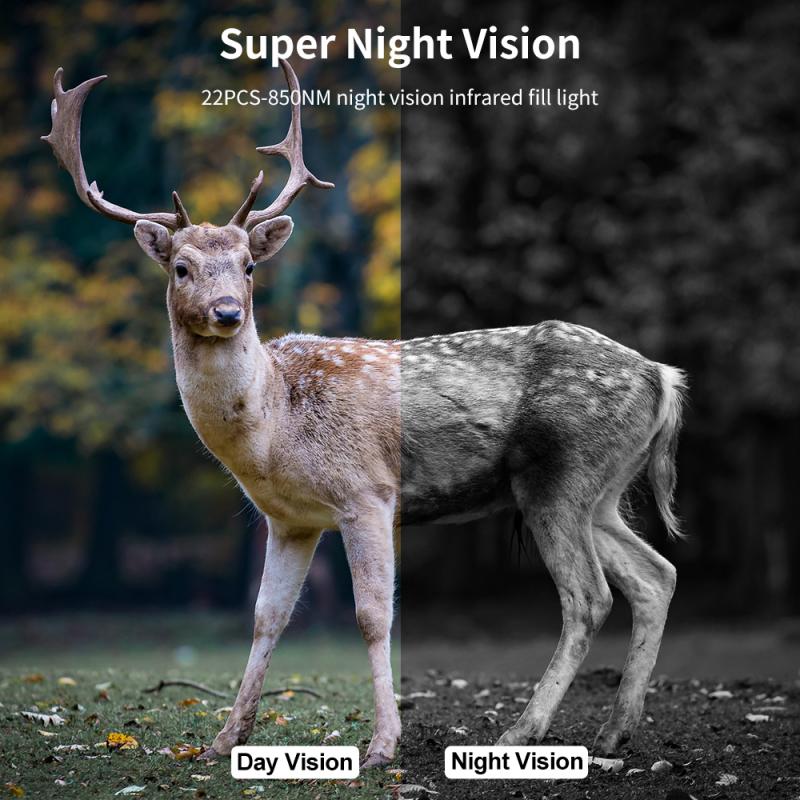












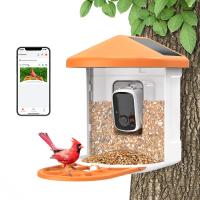
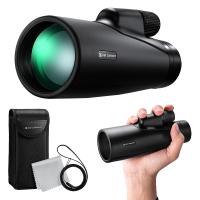

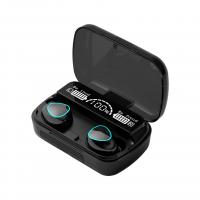

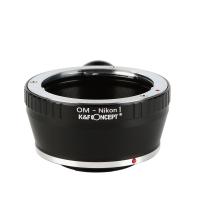

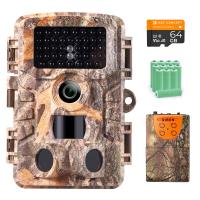

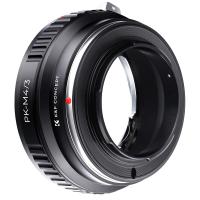

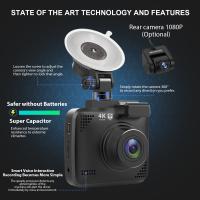
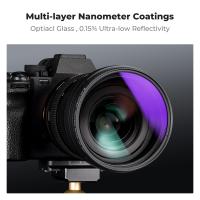
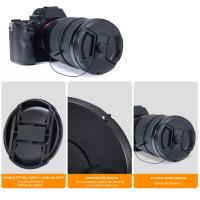
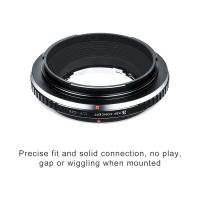
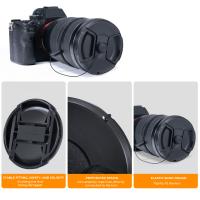

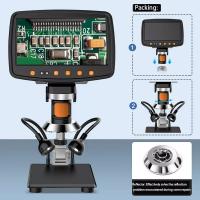
There are no comments for this blog.